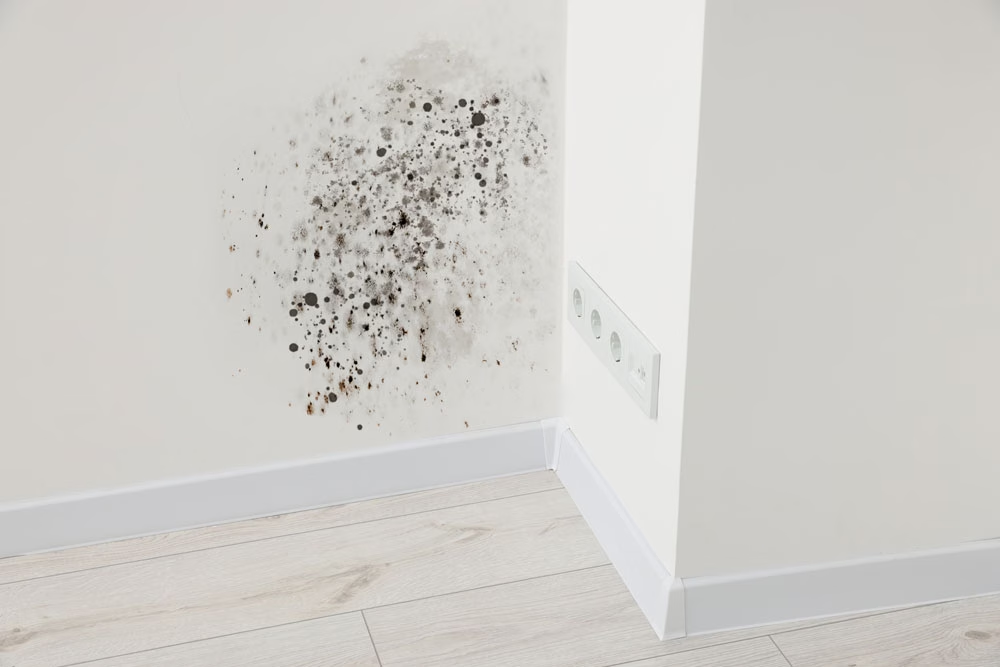Mold on walls isn’t just an eyesore—it’s a warning sign. Whether you’re a homeowner or managing a commercial space in a high-moisture area like Los Angeles, mold growth can lead to serious health risks and costly damage if left untreated. Understanding what causes mold, how to remove it properly, and when to call the professionals can save you time, money, and stress.
In this post, we’ll walk you through everything you need to know about identifying, removing, and preventing mold on walls in both residential and commercial buildings.
Why Mold Grows on Walls
Mold thrives in moist, poorly ventilated areas. It often appears after:
Water leaks (roof, plumbing, HVAC)
Flood damage
Poor ventilation in bathrooms or kitchens
High indoor humidity levels (especially in coastal cities like Los Angeles)
When walls stay damp, especially behind furniture or wallpaper, they create the perfect breeding ground for mold spores to grow and spread.
Common Types of Mold Found on Walls
It’s important to know what kind of mold you might be dealing with. The most common types found on walls include:
Cladosporium: Often black or green, found in both warm and cool areas.
Aspergillus: A common indoor mold that can appear yellow, green, or black.
Stachybotrys (Black Mold): Dark green or black, toxic, and usually indicates serious water damage.
While some molds are relatively harmless, others can cause respiratory issues and allergic reactions, especially for children, the elderly, and those with compromised immune systems.
How to Get Rid of Mold on Walls (DIY Method)
If the mold covers a small area (under 10 square feet), you can try a do-it-yourself cleanup. Here’s a safe and effective method:
Step-by-Step DIY Mold Removal
Protect Yourself
- Wear gloves, goggles, and an N95 mask.
- Open windows and doors to ventilate the area.
Identify and Fix the Moisture Source
- Check for leaks or excess humidity and repair them before cleaning.
Prepare Your Cleaning Solution
- Mix 1 cup of white vinegar with 1 cup of water in a spray bottle (or use a commercial mold remover).
Apply the Solution
- Spray directly onto the moldy area.
- Let it sit for at least an hour.
Scrub and Rinse
- Use a scrub brush or sponge to scrub the area.
- Wipe with clean water and a microfiber cloth.
Dry Completely
- Use fans or a dehumidifier to ensure the wall is completely dry.
Important Note:
Avoid using bleach on porous surfaces like drywall—it doesn’t penetrate deeply and mold can return.
When to Call a Professional
DIY methods may not work if:
The mold returns after cleaning
It covers more than 10 square feet
It’s growing inside walls or HVAC systems
There’s a strong, musty odor
In such cases, professional mold remediation is essential.
At Advanced Restoration & Construction, we provide certified mold inspection, removal, and prevention services across Los Angeles. Our team uses advanced equipment to detect hidden mold and eliminate it safely and thoroughly.
How to Prevent Mold on Walls
Once mold is gone, preventing it from coming back is the next priority. Here are some effective strategies:
Fix leaks immediately
Improve ventilation in bathrooms, kitchens, and laundry rooms
Use dehumidifiers in humid spaces
Keep furniture at least a few inches away from walls
Use mold-resistant paint and materials in high-moisture areas
Why Mold on Walls in Los Angeles Is a Bigger Concern
In areas like Los Angeles, where coastal humidity and older buildings are common, mold can grow faster and be more aggressive. Homes and businesses often have hidden moisture problems that require professional assessment. Local regulations also may require certified cleanup in commercial or rental properties.
Faqs
Mold is typically caused by excess moisture from leaks, condensation, poor ventilation, or flood damage.
No. Painting over mold will not kill it and can make the problem worse. Mold must be removed before painting.
Yes, black mold (Stachybotrys) can be toxic and harmful to health, especially with prolonged exposure.
It’s not recommended. Bleach doesn’t penetrate porous surfaces like drywall. Use vinegar or call a professional instead.
Mold can start growing within 24–48 hours of moisture exposure.

